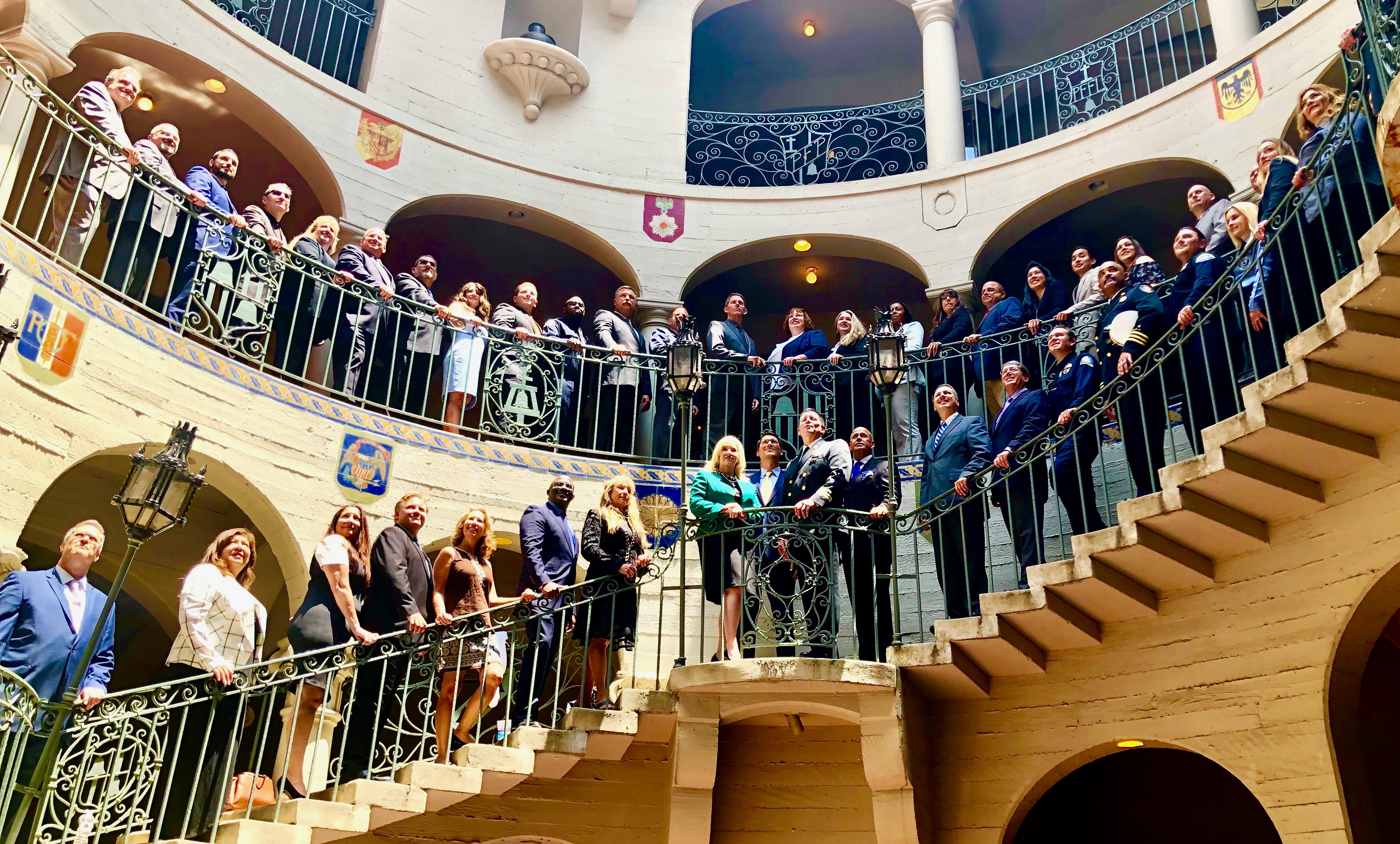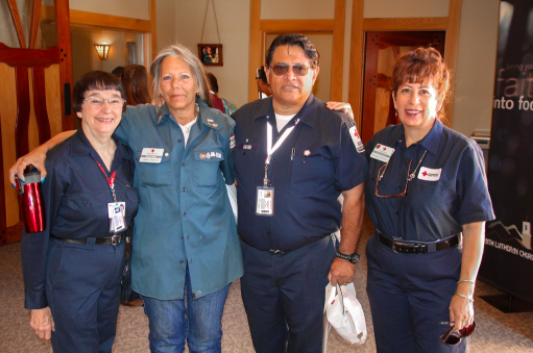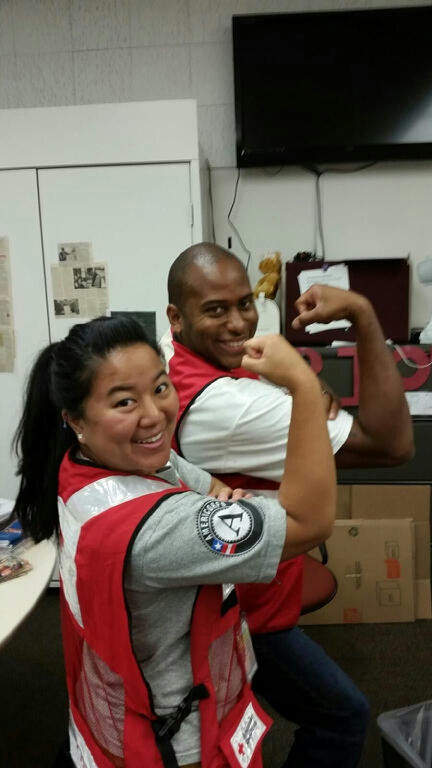By Grant Graves, Red Cross volunteer
After a two-hour drive from Los Angeles, too early for my sleep practices, I walked into a nondescript office building in Riverside. Up five stories, the room was filled with emergency management (EM) folks from all over Southern California, plus one from Oregon and one from Las Vegas. Mimi Teller Rosicky from the Los Angeles Region and Allynne Perkins from the Desert to the Sea Region joined me at the training.
Where were we? This was the first day of FEMA’s National Emergency Management Advanced Academy (NEMAA). More than 40 people were selected for the program that would require spending a month together at four one-week sessions scheduled quarterly – totally. During the eight months we would spend together – we focused on leadership in EM and how we all wanted to a better future in the field. As Red Crossers, we are fortunate to have extensive training available, but to discover the ample opportunities for EM education outside of the American Red Cross was exciting. Among these are FEMA’s independent study online programs such as ICS 100 and 200 and an almost endless selection beyond these. And the NEMAA program is only one of many valuable in-person opportunities. There is something to be said about sitting in front of an instructor and learning IRL (in real life).
NEMAA focuses on leadership, and each week we focus on a different topic, which included personal concepts of being a leader, group leadership, leading organizations and innovating in the EM field. Along with the reading and studying the topic, each week presented the wonderful challenge of a group and individual project. One week, we practiced creative problem-solving, gathering in teams to build the tallest structures we could out of pasta. We picked our personal favorite leadership style and conducted case studies that we later presented to the group. My favorite group project was a book club presentation where each candidate presented a leadership book they admired.
The capstone of the program was an original research paper contributing to the field. I chose credentialing and the leadership narrative for leadership development. Fellow Red Crossers, Mimi and Allynne, examined cross-cultural barriers and ways to reach vulnerable communities and the use of civil affairs personnel in the emergency operations center (EOC) environment. It was a lot of work with a lot of research and what seemed like endless writing and edits. To our glee, we did finish, publish and pass and the papers now reside in the Emergency Management Institute Library in Maryland.
One of the biggest benefits of this training are the connections we made with fellow students.
“It is a golden opportunity to build relationships with EM colleagues and glean the instructors’ collective wisdom,” Mimi said.
The structure of the program involves a lot of collaborative learning and some of the best lessons were provided through the real-world experiences we shared in class.
Normally, NEMAA is conducted at FEMA’s training center in Maryland at the Emergency Management Institute; however, this NEMAA program in Riverside was supported by California’s Office of Emergency Services (CalOES). The Red Cross is considered a strategic partner and grant-funded courses are available to staff and volunteers. As a result, we were lucky enough to take the course for free.
Though NEMAA boosted our EM understanding and outreach, it’s not the first time the three of have taken EM courses. We have been participating in many shorter courses over the years to earn our spots in this program. While you must apply to get into NEMAA, most of the shorter programs simply require a spot being available and the proper online signup be completed. CalOES offers courses throughout California in almost every possible EM category, including public information officer and terrorism. An additional certificate program is in the works on human trafficking. Other agencies offer courses covering areas such as infrastructure protection and sports and special events.
No matter your interest in EM or what line of service you choose to serve in with the Red Cross, beneficial additional education is available through FEMA and the state. I was fortunate to be one of less than 70 individuals across the U.S. to be recognized as a Master Public Information Officer (MPIO), having completed FEMA’s MPIO program earlier this year. I’m also proud to be the first Red Crosser to complete the program.
Being able to work with talented PIOs from around the nation has been an incredible experience. Courses such as these help ensure the Red Cross and all who work in the EM field are supported by seasoned, trained communicators who are ready in times of crisis.





